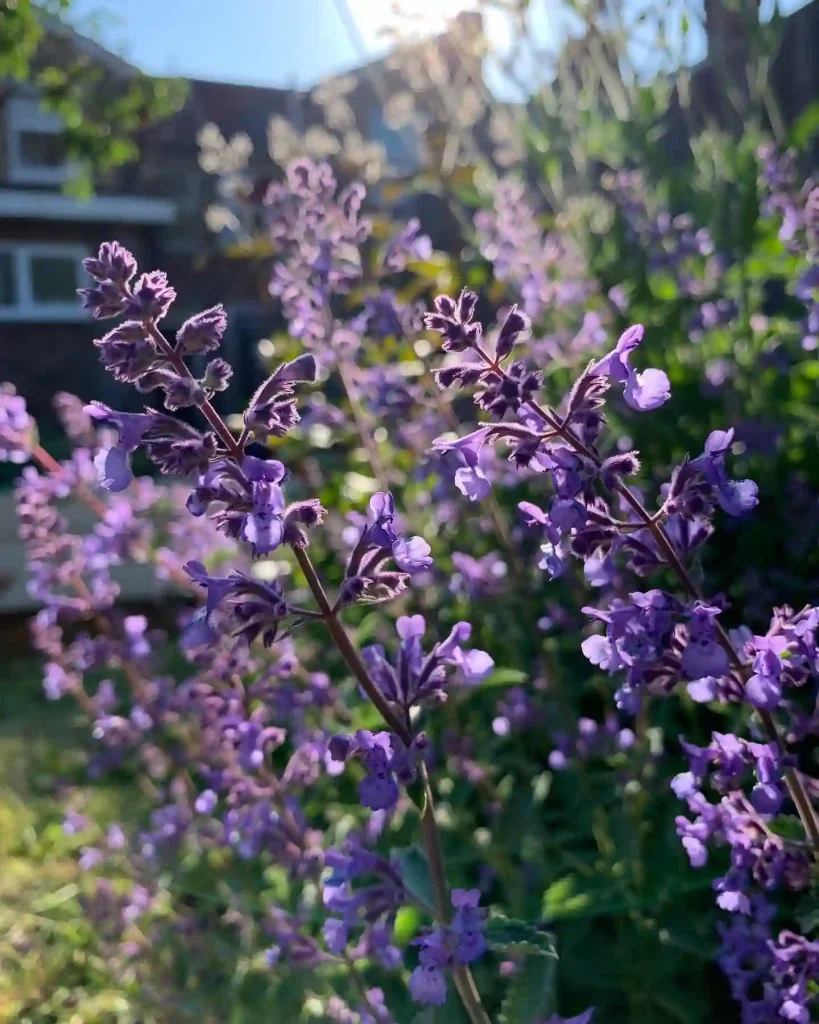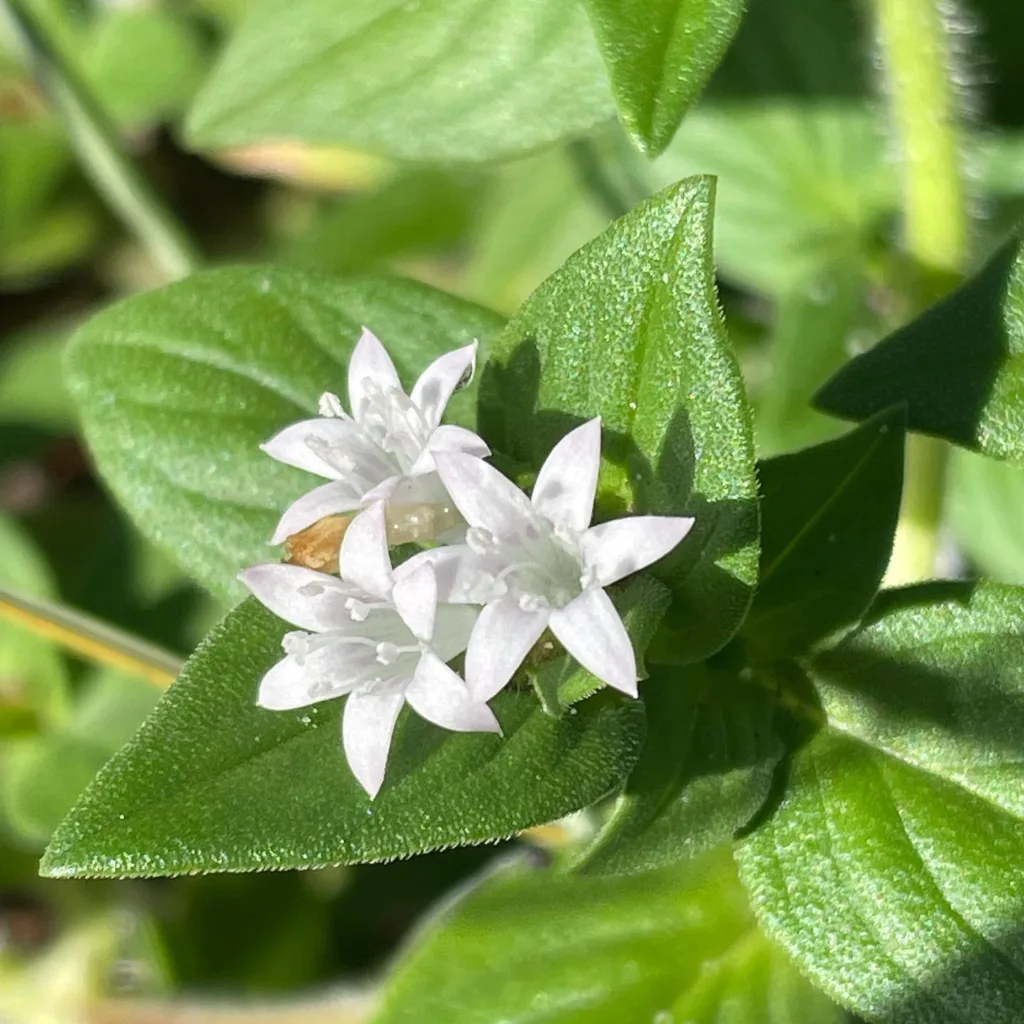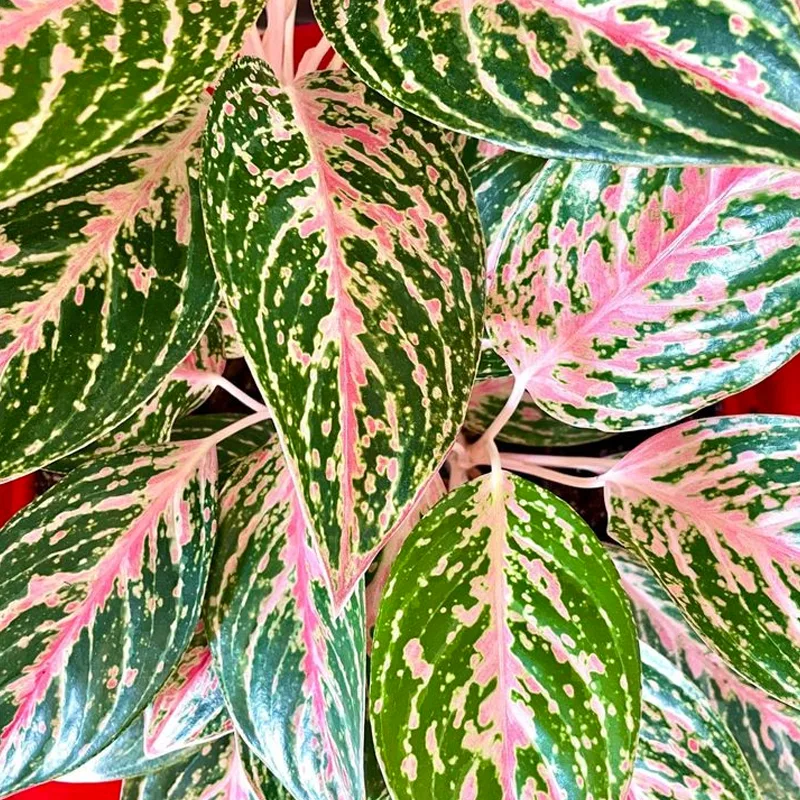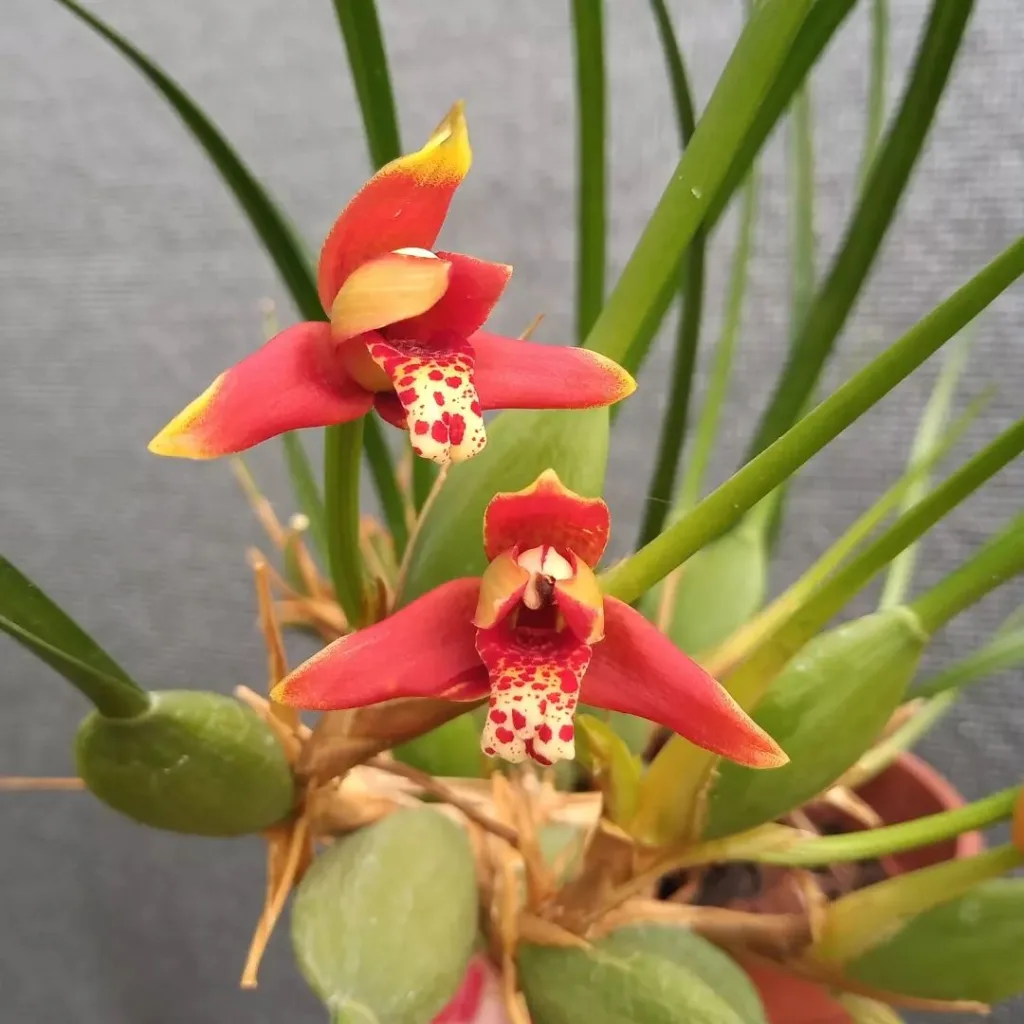FAQs About Berberis Crimson Pygmy Barberry
The Berberis Crimson Pygmy Barberry is a versatile and eye-catching plant that I’ve enjoyed working with. Its rich, red foliage and compact size make it a standout addition to any garden. Over time, I’ve come across several questions about this shrub, and here are the most frequent ones I get.
619 Species in Genus Berberis – Barberry
What is Berberis Crimson Pygmy Barberry?
Berberis Crimson Pygmy Barberry is a dwarf deciduous shrub known for its deep red to burgundy foliage. It stays compact, usually around 2-3 feet tall, making it ideal for small spaces or as a border plant. In spring, the shrub produces small yellow flowers, followed by red berries in the fall, which are both ornamental and beneficial to wildlife.
This plant thrives in USDA zones 4-8, making it hardy enough to tolerate a range of climates. It’s also relatively drought-resistant once established, which is always a bonus in garden design.
How to Care for Berberis Crimson Pygmy Barberry?
Caring for Berberis Crimson Pygmy Barberry is straightforward. It prefers full sun to partial shade, but it produces the richest color in full sun. Plant it in well-drained soil to prevent root rot.
I’ve noticed it does well with little maintenance. Pruning can be done in late winter or early spring to maintain its shape. You can also cut back any damaged or old branches to promote new growth. For fertilization, I apply a slow-release, balanced fertilizer in early spring.
Watering needs are minimal once it’s established, but I give it a deep watering during dry spells. The plant’s natural resistance to drought makes it a low-maintenance choice.
How to Propagate Berberis Crimson Pygmy Barberry?
Propagating Berberis Crimson Pygmy Barberry is often done by cuttings. In mid-summer, I take semi-hardwood cuttings about 4-6 inches long. After removing the lower leaves, I dip the cut end in rooting hormone and plant it in a well-draining soil mix.
It’s important to keep the soil moist and the cuttings in indirect sunlight. I usually cover them with a plastic bag to create a humid environment, which helps with rooting. Within 6-8 weeks, you should start seeing roots develop.
What to Plant with Berberis Crimson Pygmy Barberry?
Due to its striking foliage, Berberis Crimson Pygmy Barberry pairs beautifully with contrasting plants. I often plant it alongside ornamental grasses like Festuca or Pennisetum, which complement the shrub’s red color with their green or golden tones.
It’s also effective when used in front of taller plants like Arborvitae or Juniperus. These evergreens provide a backdrop that makes the crimson hues of the barberry pop even more. For a softer look, I’ve found that silver-leafed perennials like Lavender or Russian Sage are great companions.
Is Berberis Crimson Pygmy Barberry Toxic?
Yes, Berberis Crimson Pygmy Barberry is toxic if ingested. All parts of the plant, including its berries, contain berberine, which can cause stomach upset in humans and pets. It’s best to plant this shrub where children and pets won’t be tempted to eat the berries. While birds do eat the berries, they’re less sensitive to the plant’s toxins.
What are the Benefits of Berberis Crimson Pygmy Barberry?
There are several benefits to planting Berberis Crimson Pygmy Barberry. First, its compact size makes it perfect for small gardens or as a low hedge. The red foliage provides year-round interest, especially in winter when many other plants lose their leaves.
This shrub is also a great deterrent for wildlife. Deer tend to avoid it due to its spiny branches, making it a good choice in areas where deer browsing is an issue. Plus, the berries attract birds, adding a wildlife-friendly element to your garden.
What are the Common Problems with Berberis Crimson Pygmy Barberry?
While Berberis Crimson Pygmy Barberry is generally trouble-free, it can sometimes fall victim to pests and diseases. I’ve noticed aphids and scale insects occasionally make an appearance, though they’re easily managed with insecticidal soap.
Powdery mildew can also affect the plant, especially in areas with poor air circulation. To prevent this, I space my plants adequately and prune them to ensure proper airflow. Another potential issue is root rot, which is why well-drained soil is essential.
How Does Berberis Crimson Pygmy Barberry Compare to Similar Plants?
One plant that Berberis Crimson Pygmy Barberry is often confused with is Berberis Thunbergii, the Japanese Barberry. Both belong to the same species but differ in size and color. The Japanese Barberry grows larger, reaching up to 6 feet, and doesn’t have the same vibrant red foliage that the Crimson Pygmy offers.
Another comparable plant is Euonymus Alatus, or Burning Bush. While both have striking red foliage, the Burning Bush grows much taller and wider, making it more suited for larger spaces. For a compact plant with brilliant color, I always prefer the Crimson Pygmy.
Final Thoughts
Berberis Crimson Pygmy Barberry is a versatile, easy-to-care-for shrub that adds vibrant color and texture to any garden. Its compact size, low maintenance needs, and striking foliage make it a favorite of mine. Whether you’re looking to create a border, add interest to a small space, or deter deer, this plant is an excellent choice.
If you’re looking for a colorful, low-maintenance plant that offers year-round interest, you can’t go wrong with Berberis Crimson Pygmy Barberry. Just keep an eye on its water and light needs, and you’ll have a thriving, beautiful shrub in your garden.
If i die, water my plants!



